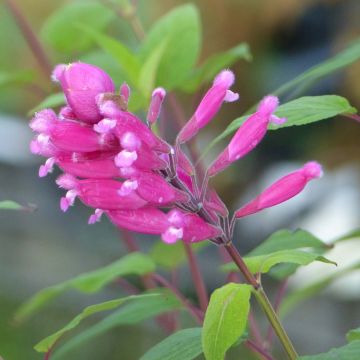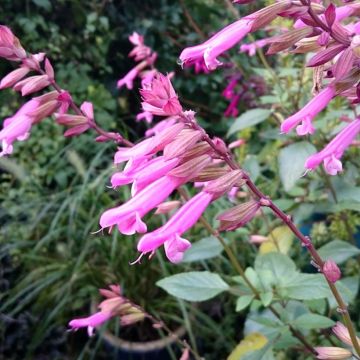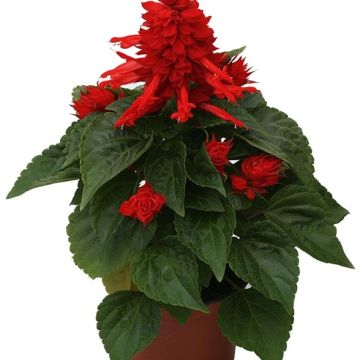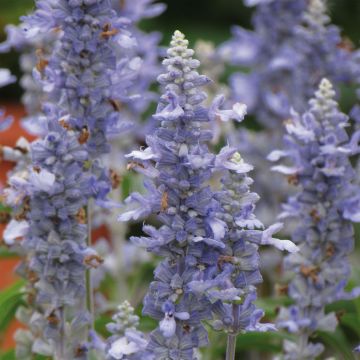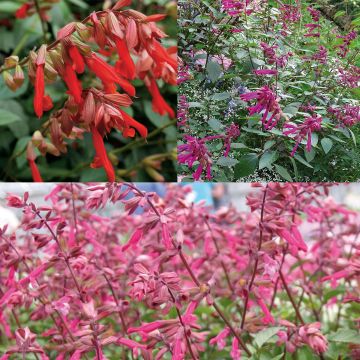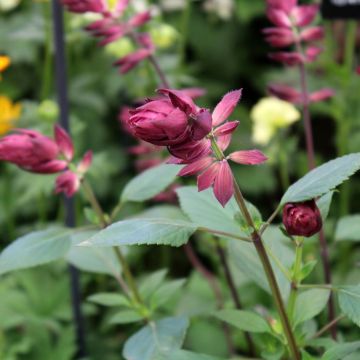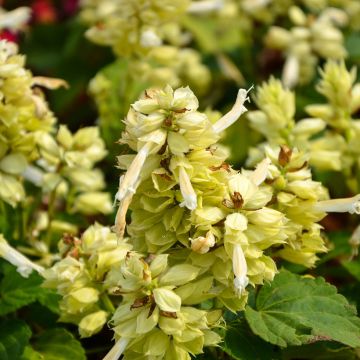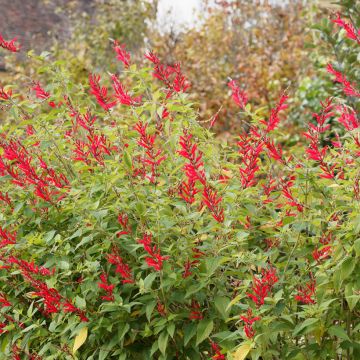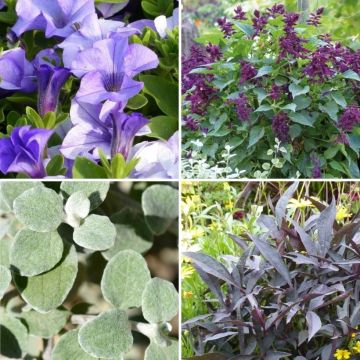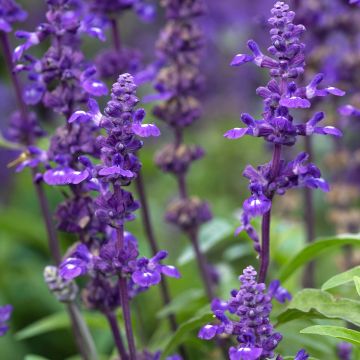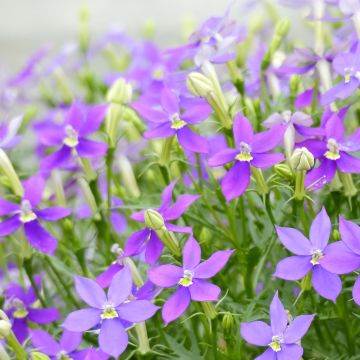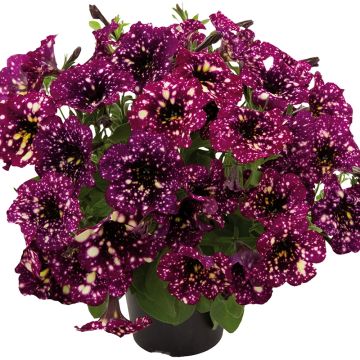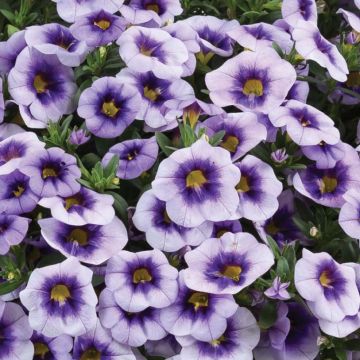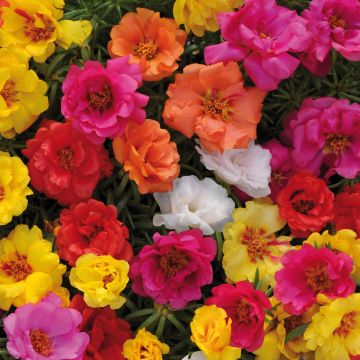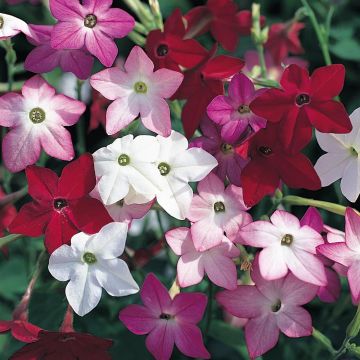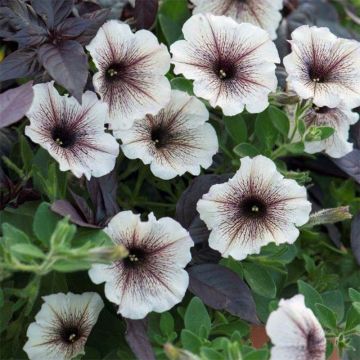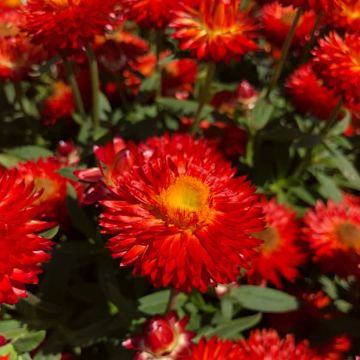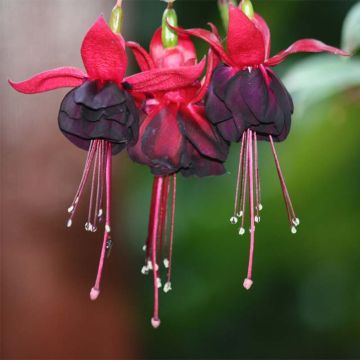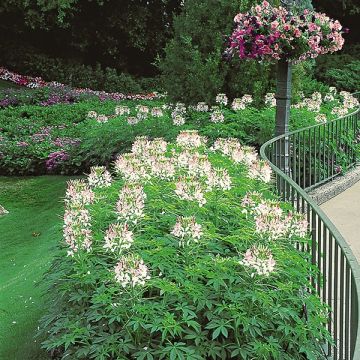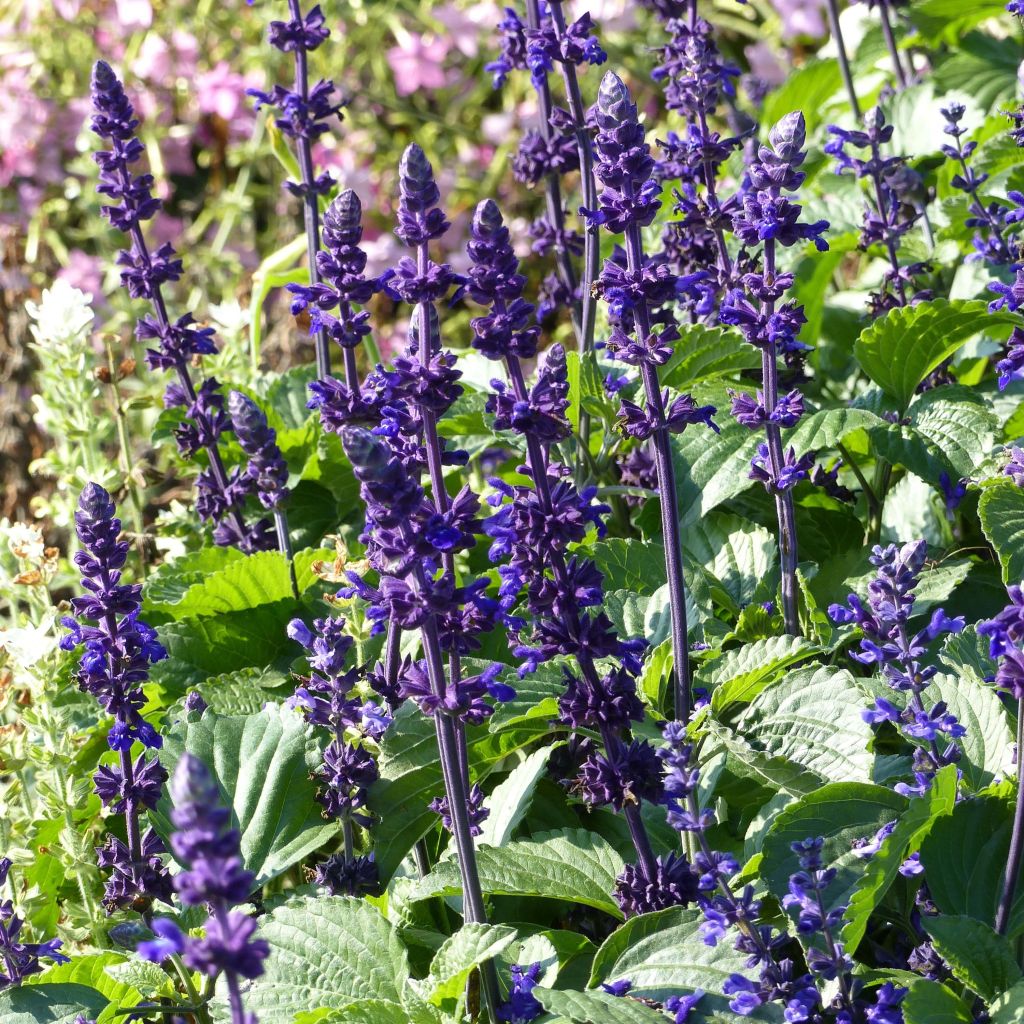

Salvia farinacea Big Blue
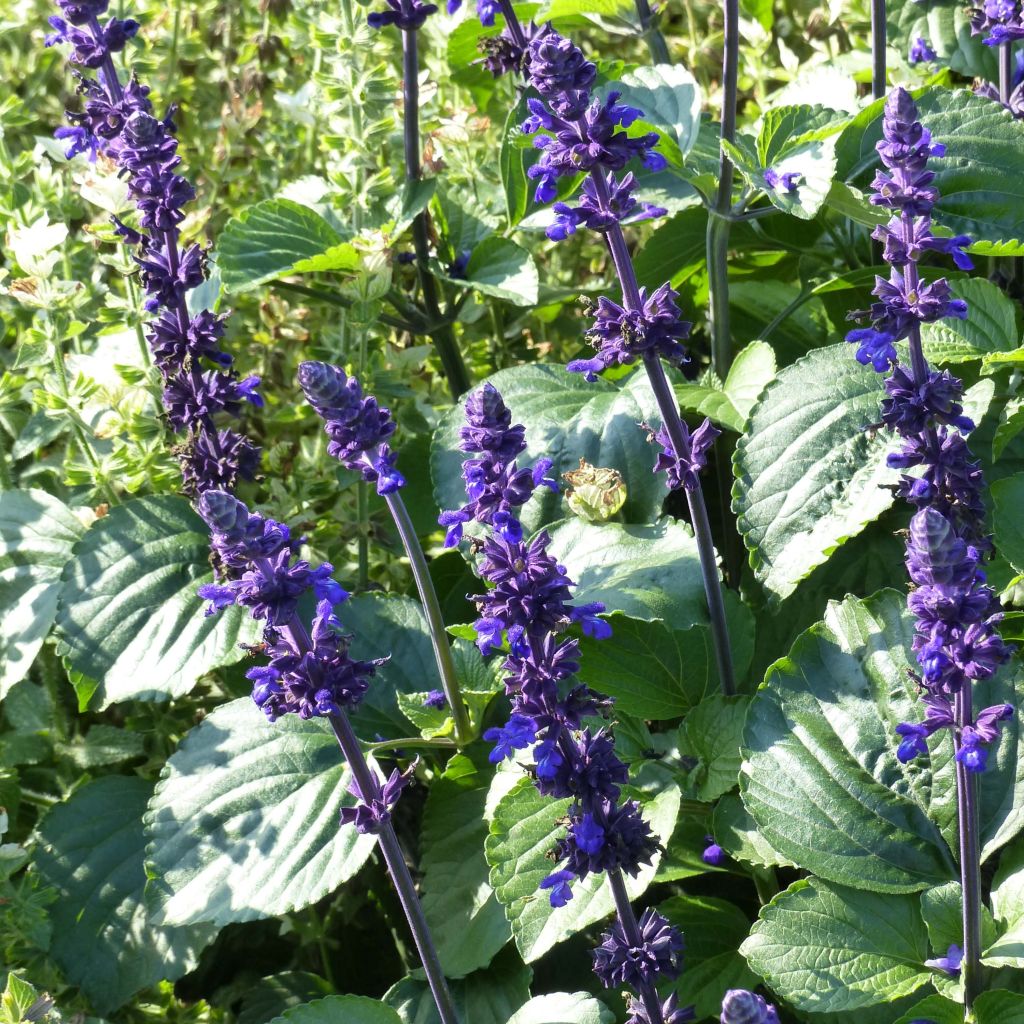

Salvia farinacea Big Blue
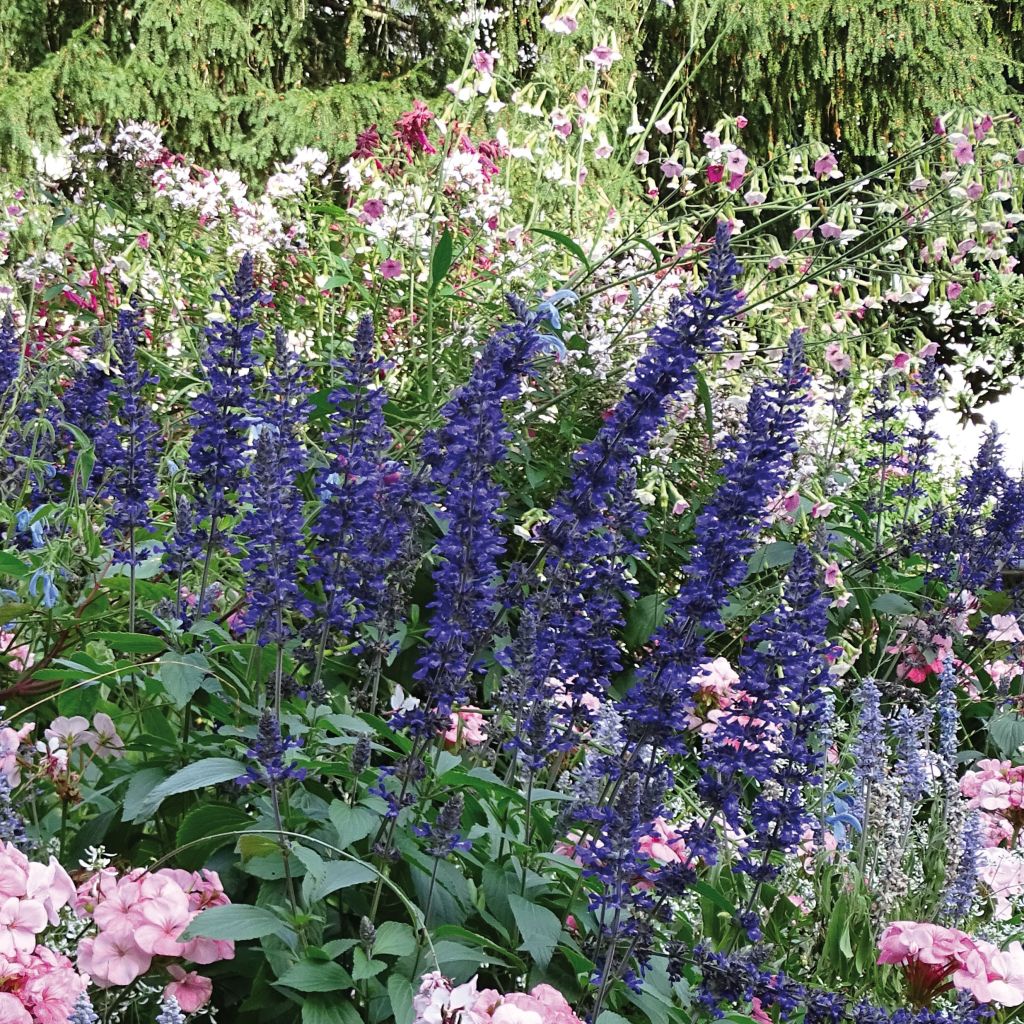

Sauge Mystic Spires - Salvia longispicata (x) farinacea
Salvia farinacea Big Blue
Salvia longispicata x farinacea Big Blue
Sage
This item cannot be shipped to the selected country
Delivery charge from €5.90
Delivery charge from €5.90
Delivery to Corse prohibited
More information
Schedule delivery date,
and select date in basket
This plant carries a 6 months recovery warranty
More information
We guarantee the quality of our plants for a full growing cycle, and will replace at our expense any plant that fails to recover under normal climatic and planting conditions.
From €5.90 for pickup delivery and €6.90 for home delivery
Express home delivery from €8.90.
From €5.90 for pickup delivery and €6.90 for home delivery
Express home delivery from €8.90.
Delivery to Corse prohibited: UE law prohibits the import of this plant from mainland France to Corse as part of the fight against Xylella fastidiosa. Please accept our sincere apologies.
More information

Does this plant fit my garden?
Set up your Plantfit profile →
Description
Salvia 'Big Blue' is a hybrid sage, actually a tender perennial plant that can be easily grown as an annual for its generous and beautiful flowering. This heat-resistant variety produces from summer until the first frost superb upright flower spikes, very dense, of an intense blue-violet, which rise majestically above a broad dark green foliage. With an upright but compact habit that is very tidy, this sage is wonderfully suited for flower pots, borders, and summer beds. It is also a very beautiful cut flower.
Salvia 'Big Blue' is a sterile horticultural hybrid, probably resulting from the spontaneous cross-breeding of Salvia longispicata, a large perennial shrub native to the mountainous regions of southwestern Mexico, and Salvia farinacea, another perennial species native to Texas and Mexico. Just like its presumed parents, this plant belongs to the Lamiaceae family. Its low hardiness and rapid growth make it an excellent annual in most climates. The 'Big Blue' cultivar has an elegant habit, both upright and bushy, reaching about 50 cm (20in) in height when in bloom, with a diameter of 40 cm (16in). It forms bouquets of sturdy stems, covered at their base with broad ovate foliage, with serrated edges and visible veins, dark green in colour, quite different from that of the mealy sages. Blooming starts timidly in July, takes off in August-September, and reaches its peak in October-November. Above the foliage clump, upright and dense spikes appear, 30 cm (12in) long, adorned with small flowers of a deep blue-violet hue. As the plant does not produce viable seeds, it dedicates all its energy to tirelessly blooming, until the cold weather knocks it down.
The 'Big Blue' hybrid sage, very tall and very blue, will be perfect everywhere. First and foremost in flower beds, for example paired with white or pink roses, marigolds, and a sowing of common borage. It will also enhance the autumn colours of deciduous spindle trees, Persian ironwoods, oakleaf hydrangeas, accentuating their flamboyant shades. It can also be paired with grasses, gauras, and emerge from a bush of silver wormwoods. This plant also forms pretty borders along pathways, among silver carpet (Cerastium tomentosum) that will carpet its base in a soft harmony of muted tones. Its very neat habit allows it to fill beautiful flower pots, alongside annual rudbeckias, pink calibrachoas, or bacopas. Its lavender-like spikes hold up well in a vase.
With over 900 species of annuals, perennials, and soft-wooded shrubs, distributed throughout the globe, except in very cold regions and the tropical forest, the Salvia genus is the richest in the Lamiaceae family.
Report an error about the product description
Salvia farinacea Big Blue in pictures
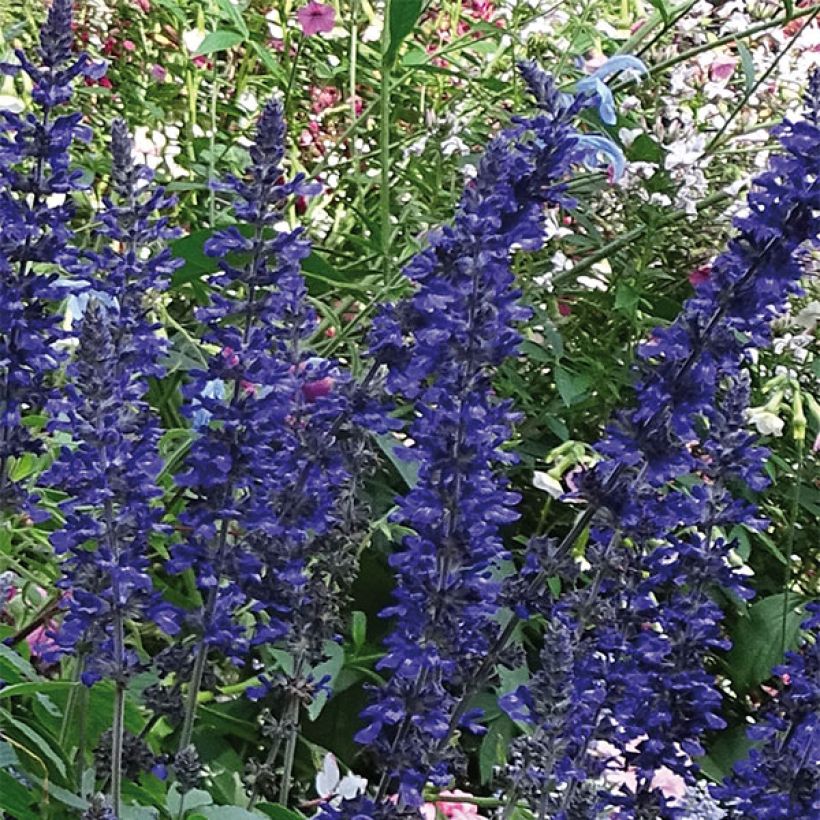

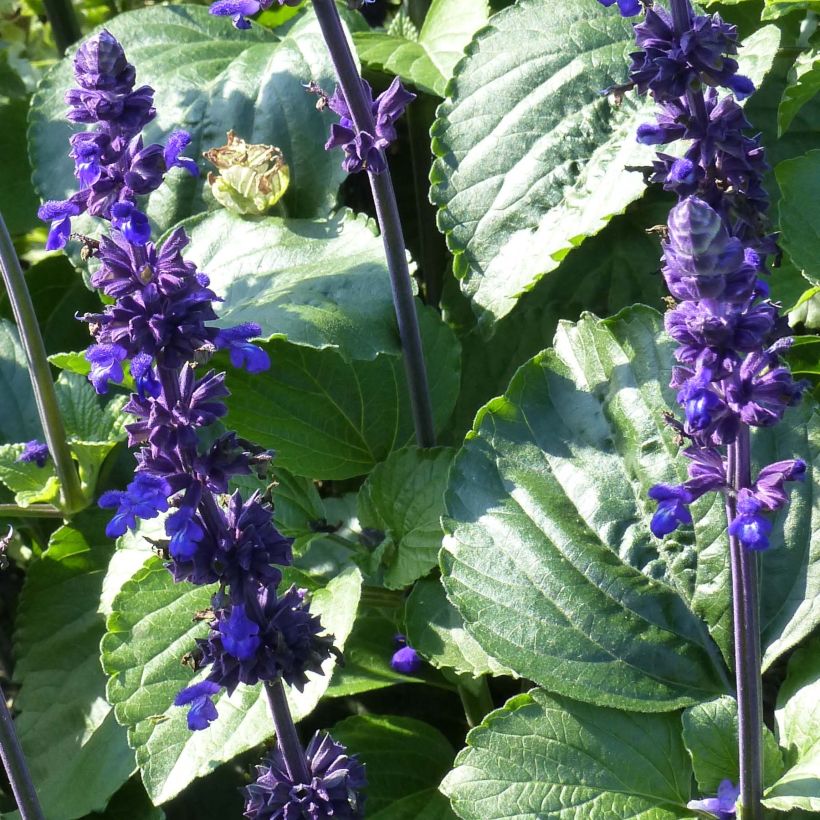

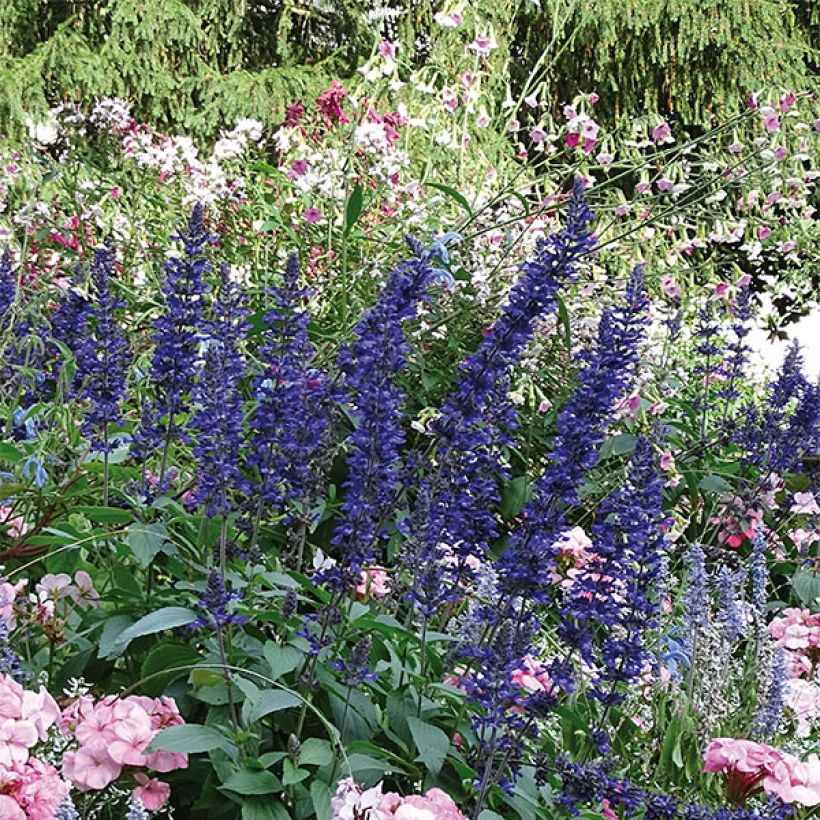

Flowering
Foliage
Plant habit
Botanical data
Salvia
longispicata x farinacea
Big Blue
Lamiaceae
Sage
Cultivar or hybrid
Other Annual Sage
Planting and care
The 'Big Blue' hybrid salvias thrive in fertile, rather moist, well-drained, well-tilled soils, in full sun or, at most, in partial shade in warm climates. They are not very hardy and should be planted in the garden or in pots once the risk of frost has passed. However, they are heat-tolerant plants, especially in soil kept moist. In regions where winters are very mild, these salvias can overwinter in the ground. Elsewhere, they can be dug up in November, trimmed back, and stored in a bright, frost-free location for the winter. Growing them in pots makes it easy to protect them from severe winter frosts.
Planting period
Intended location
Care
-
, onOrder confirmed
Reply from on Promesse de fleurs
Plug plants - Annuals
Haven't found what you were looking for?
Hardiness is the lowest winter temperature a plant can endure without suffering serious damage or even dying. However, hardiness is affected by location (a sheltered area, such as a patio), protection (winter cover) and soil type (hardiness is improved by well-drained soil).

Photo Sharing Terms & Conditions
In order to encourage gardeners to interact and share their experiences, Promesse de fleurs offers various media enabling content to be uploaded onto its Site - in particular via the ‘Photo sharing’ module.
The User agrees to refrain from:
- Posting any content that is illegal, prejudicial, insulting, racist, inciteful to hatred, revisionist, contrary to public decency, that infringes on privacy or on the privacy rights of third parties, in particular the publicity rights of persons and goods, intellectual property rights, or the right to privacy.
- Submitting content on behalf of a third party;
- Impersonate the identity of a third party and/or publish any personal information about a third party;
In general, the User undertakes to refrain from any unethical behaviour.
All Content (in particular text, comments, files, images, photos, videos, creative works, etc.), which may be subject to property or intellectual property rights, image or other private rights, shall remain the property of the User, subject to the limited rights granted by the terms of the licence granted by Promesse de fleurs as stated below. Users are at liberty to publish or not to publish such Content on the Site, notably via the ‘Photo Sharing’ facility, and accept that this Content shall be made public and freely accessible, notably on the Internet.
Users further acknowledge, undertake to have ,and guarantee that they hold all necessary rights and permissions to publish such material on the Site, in particular with regard to the legislation in force pertaining to any privacy, property, intellectual property, image, or contractual rights, or rights of any other nature. By publishing such Content on the Site, Users acknowledge accepting full liability as publishers of the Content within the meaning of the law, and grant Promesse de fleurs, free of charge, an inclusive, worldwide licence for the said Content for the entire duration of its publication, including all reproduction, representation, up/downloading, displaying, performing, transmission, and storage rights.
Users also grant permission for their name to be linked to the Content and accept that this link may not always be made available.
By engaging in posting material, Users consent to their Content becoming automatically accessible on the Internet, in particular on other sites and/or blogs and/or web pages of the Promesse de fleurs site, including in particular social pages and the Promesse de fleurs catalogue.
Users may secure the removal of entrusted content free of charge by issuing a simple request via our contact form.
The flowering period indicated on our website applies to countries and regions located in USDA zone 8 (France, the United Kingdom, Ireland, the Netherlands, etc.)
It will vary according to where you live:
- In zones 9 to 10 (Italy, Spain, Greece, etc.), flowering will occur about 2 to 4 weeks earlier.
- In zones 6 to 7 (Germany, Poland, Slovenia, and lower mountainous regions), flowering will be delayed by 2 to 3 weeks.
- In zone 5 (Central Europe, Scandinavia), blooming will be delayed by 3 to 5 weeks.
In temperate climates, pruning of spring-flowering shrubs (forsythia, spireas, etc.) should be done just after flowering.
Pruning of summer-flowering shrubs (Indian Lilac, Perovskia, etc.) can be done in winter or spring.
In cold regions as well as with frost-sensitive plants, avoid pruning too early when severe frosts may still occur.
The planting period indicated on our website applies to countries and regions located in USDA zone 8 (France, United Kingdom, Ireland, Netherlands).
It will vary according to where you live:
- In Mediterranean zones (Marseille, Madrid, Milan, etc.), autumn and winter are the best planting periods.
- In continental zones (Strasbourg, Munich, Vienna, etc.), delay planting by 2 to 3 weeks in spring and bring it forward by 2 to 4 weeks in autumn.
- In mountainous regions (the Alps, Pyrenees, Carpathians, etc.), it is best to plant in late spring (May-June) or late summer (August-September).
The harvesting period indicated on our website applies to countries and regions in USDA zone 8 (France, England, Ireland, the Netherlands).
In colder areas (Scandinavia, Poland, Austria...) fruit and vegetable harvests are likely to be delayed by 3-4 weeks.
In warmer areas (Italy, Spain, Greece, etc.), harvesting will probably take place earlier, depending on weather conditions.
The sowing periods indicated on our website apply to countries and regions within USDA Zone 8 (France, UK, Ireland, Netherlands).
In colder areas (Scandinavia, Poland, Austria...), delay any outdoor sowing by 3-4 weeks, or sow under glass.
In warmer climes (Italy, Spain, Greece, etc.), bring outdoor sowing forward by a few weeks.

































